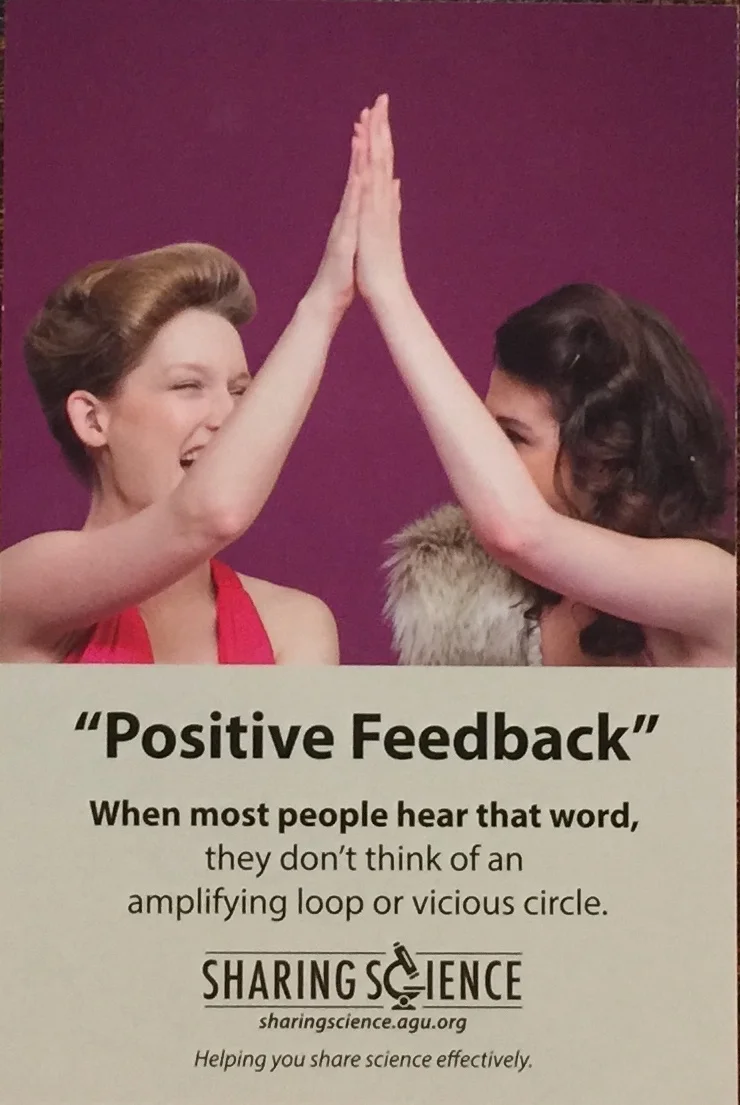Geoscience Congressional Visit Day, 2017
What kind of feedback would come from a day spent visiting Congress?
“We’re here as Scientist Citizens,” said Jean Bahr, the President of the American Geosciences Institute, as she welcomed about 50 earth scientists (and an odd historian) to Geoscience Congressional Visit Day.
Geo-CVD gives earth scientists a chance to meet with Congressional staff members to explain why our work matters, and what we need to keep doing it well. Organized by the professional associations and scientific societies that look out for our interests, it’s a two-day affair. Ordinary working scientists come from across the country to participate.
Bahr had used the Scientist Citizen label to help us think of ourselves as fully-fledged participants in a democracy, entitled to be here in Washington not just for our expertise and training, but also because of our citizenship. I heard a fascinating leveling in Bahr’s words: scientists can’t stand aloof and wait for Truth to prevail, but need to work through the same channels of legislative persuasion and bargaining that other interested groups of citizens do.
Training Tuesday prepared us to meet political professionals. We got a primer on the federal funding process, and an update on pending legislation, from policy experts employed by the GSA and the Seismological Society of America. The AGU’s Timia Crisp introduced us to the “Ask”. Congressional staff find you puzzling if you don’t demand something from them within five minutes. We would ask them to “prioritize funding for geoscience research and education programs in FY 2018.” Crisp invited us to develop additional asks specific to the offices we’d be visiting.
These reminder cards give you a sense of the humor that Olivia Ambroglio and Shane Hanlon bring to helping scientists connect with audiences. Created by the AGU's Sharing Science program.
Then we got a delightful lesson about how to talk about science to non-scientists from the storytellers who run the AGU’s “Sharing Science” program. Congressional Staffers are smart and hardworking (and surprisingly eager to please) but most have very little scientific training. So tell stories in ways they can understand. Adjusting your words for them is not dumbing down, it’s translating into the language they speak. Use metaphor and sensual language to bring a story to life. Messages are better remembered when they use familiar elements of narrative.
The People's House, September 13, 2017. Picture by Roger Turner.
Wednesday morning we hit the Hill. Divided into state delegations of 3-5 scientists, we wound our way through the House Office buildings, stumbling across things exciting and fitting (“It’s Nancy Pelosi’s office!!!”) and mundane but unexpected (Dunkin’ Donuts, Subway, a gift shop). After squeezing into small conference spaces in the House buildings, we headed across the Capitol for the spacious Senate buildings.
Walking around Washington, you’re reminded that federal policy touches so many aspects of our lives. From uniforms to prayer shawls to cowboy hats, many delegations were costumed to make their visits memorable.
“Pork is here today too,” whispered one of my group’s most experienced Washington talkers. I flashed through special interests, trying to guess who she might think unworthy. Then I noticed Earl, Bill and Earl, wearing name tags and matching blue polo shirts, PORK! embroidered over their hearts.
Every Congress person's door in the House Office buildings had one of these welcome sign posted below the state seal.
The staffers were friendly and welcoming. But my group's first couple of presentations were awkward. Something about the whole process felt vaguely illegitimate, like we hadn’t yet convinced ourselves it was okay for us to lobby Congress as scientists. We had trouble meshing our individual stories too, jumping awkwardly from ancient impact craters to high resolution mapping to science education to the breadth of government scientific service work.
I was particularly apprehensive about our fifth and last meeting, with a legislative assistant to my Congressman, Lou Barletta, a founding member of the Trump Caucus. I had to lead off the presentation, and I doubted that our “fund science!” message would move the road-paving executive cum Representative who was committed to cutting things like budgets, taxes, and immigration. After some research, I followed my Tuesday training and decided to ask the Congressman to support a bill passed by unanimous consent in the Senate, S. 141, the Space Weather Research and Forecasting Act. Now it was assigned to Barletta’s committee in the House.
As I launched into my pitch, I took confidence from my colleagues. Somewhere along the way, our team had found its chemistry. In our later meetings, we let our experienced Washington talker play point guard; she could see openings for our different experiences and pass the conversation along. We each tightened up our points. We began to end a comment with a thread that could link to one of the other stories in our group. Our most junior teammate shined as she drew out staffers and forged personal connections.
My story emphasized the problems that solar storms posed for electrical infrastructure and national security. Drawing on my experience at the Space Weather Enterprise Forum, I talked about the array of government and especially, private organizations that were interested in getting this particular bill passed. Space weather events can blow out major transformers and cause big blackouts, like in Quebec in 1989. The staffer listened closely, took notes, and asked questions. He even gave a little laugh when I described Coronal Mass Ejections (“they’re like when the Sun burps”). I think I was able to establish the importance of the issue, and lay a basis for a follow up communication.
Who knows if our words on behalf of geoscience will actually change policy? But I ended the day more hopeful about American democracy than I began it. I wonder if the pork lobby did too?










